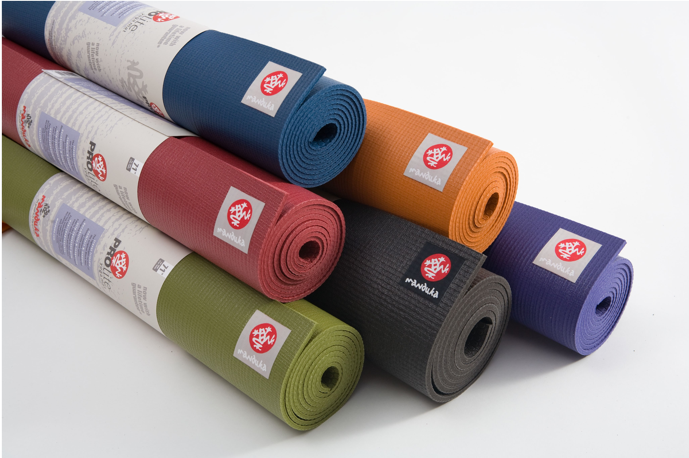March 28, 2019
Yoga is pretty amazing in that you can do it anywhere. You’ll just need a mat. The quality of your mat can actually have quite a big impact on your practice, so make sure you read below for the best tips before purchasing a mat. And we compare top yoga mat brands such as Manduka, Jade and Yoga King.
It’s become very evident of late and in fact down-right scary about how much of our used stuff ends up in landfill. The oceans are literally choking with plastic. Why? Because this stuff doesn’t break down! Now, before I get carried away with this, let’s try to just keep it simple. If it’s not bio-degradable (natural material), it will NOT break down. This stuff will outlast you and probably your grandchildren. If it is natural, it will eventually break down. Pssssst, this is good! Yoga philosophy envelopes kindness to one another AND the planet. It’s important to make a choice that doesn’t result in more waste that will end up in landfill.
To carry on from my last point, you want something that is going to be durable and stand up to the task. A cheap mat is enticing because, well, it’s cheaper (and sometimes even prettier), but remember, you are getting what you pay for and the sooner it falls apart, the sooner you’ll have to buy a new one. And remember, if you purchased something that was made from synthetic materials, it’s going to end up sitting in landfill. Sad.
To state the obvious, in hot yoga, we sweat. A lot. Sweat = slippery. Slippery is sometimes not so fun. A mat with a grippy texture will prevent you from sliding all over the place like a kid on a slip ‘n’ slide on Christmas morning, minus the fun. Having said this, you also don’t want something that is going to be so grippy that you’re not employing any muscle engagement to stay put. So it will depend on your type of practice as to what grippiness level you’ll need.
A thick mat seems like a great idea for extra cushioning. However, when a lot of the postures require you to be on your hands, this is not ideal. Having a thick mat that gives with your weight can actually lead to your hands bending too far back resulting in sore wrists. A thick mat also results in an unstable surface for your feet, making some difficult poses almost impossible! If the idea of having sore knees on a thin mat horrifies you, bringing a small towel to place under your knees works a treat, so too does doubling a small part of your mat for the moments that you’re on your knees.
These topics go hand in hand. If you’re brand new to yoga and aren’t sure what you’d like to go with. Basing a decision on how frequent you attend as well as the types of classes might help
At Bend & Fly, we sell a range of different mats to suit different budgets, practice styles and tastes. Manduka is a yoga mat classic. We love them so much we use them as our hire mats. Why? Manduka mats are made of eco-certified safe PVC so are 100 % latex free. The texture is moderately grippy which means that you are not going to be hindered during certain flows. Jade mats are sustainably made from rubber and therefore biodegradable. These mats have a porous texture and so are GREAT for hot yoga, or for those of us who sweat a lot. Yoga King mats are also made from rubber, offering an eco-friendly choice. They offer a lighter grip texture then the Jade and Manduka and are priced accordingly.
